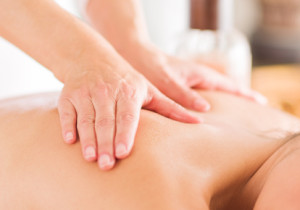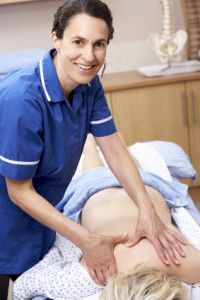 Do you have muscular tension? You are not alone. Lots of people suffer from tension, whether it’s from life’s stress, or related to a chronic condition such as arthritis or fibromyalgia. You may have considered having a massage. What a great idea!
Do you have muscular tension? You are not alone. Lots of people suffer from tension, whether it’s from life’s stress, or related to a chronic condition such as arthritis or fibromyalgia. You may have considered having a massage. What a great idea!
According to the Mayo Clinic website, therapeutic massage has proven benefits. Research has shown massage reduces stress, pain and muscle tension. People that have anxiety, fibromyalgia, insomnia, muscle tension, sports injuries and headaches can potentially find relief from receiving a massage.
Massage can have two effects, one is to soothe your ragged nerves and help you relax your mind with the soft, nurturing touch. For example, when you see that someone is upset, the first instinct is to put a calming hand on their shoulder. There is no substitute for the caring touch of another person.
The second effect massage can have is to move the blood through the skin and muscle tissues which relieves muscle tension and improves range of motion. This can be used to ease back discomfort and directly address injuries.
Mayo Clinic goes on to describe massage as a general term for pressing, rubbing, and manipulating the skin, muscles and tendons. They explain that there are many different types of massage, but these are four that are very common:
 Swedish Massage: long, slow, gentle strokes using massage oil directly on the skin to create a general and overall feeling of relaxation for the body and mind. Swedish massage can reduce one’s perception of pain without directly addressing specific areas.
Swedish Massage: long, slow, gentle strokes using massage oil directly on the skin to create a general and overall feeling of relaxation for the body and mind. Swedish massage can reduce one’s perception of pain without directly addressing specific areas.
Deep Massage: firm massage that is intended to reach beyond the superficial muscles into the deeper layers. May use oil, or be done dry over clothing.
Sports Massage: a variety of massage techniques used at different points in an athlete’s season to help address injury, assist in workout/race recovery, and improve body awareness. May include stretches.
Trigger Point: a trigger point is an extremely irritable spot on a muscle which many people might call a “knot”. A therapist using Trigger Point techniques will press and hold these spots to release the knots and relieve pain.
How do you decide if massage is right for you? Ask yourself what you seek to gain from having a massage- is it relaxation, pain relief, or something else? Once you have a clear goal in mind, you will need to ask a few key questions to find someone that will meet your needs.
